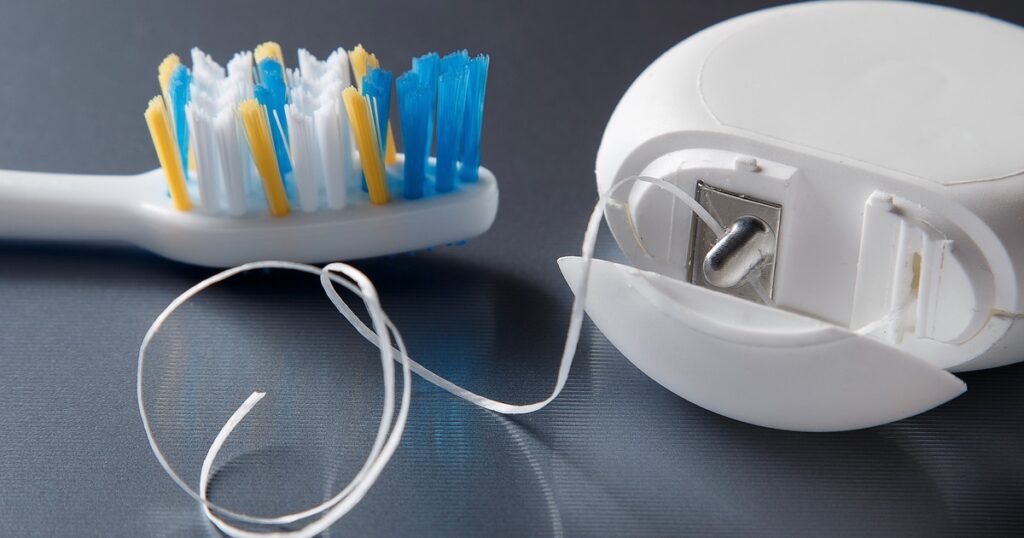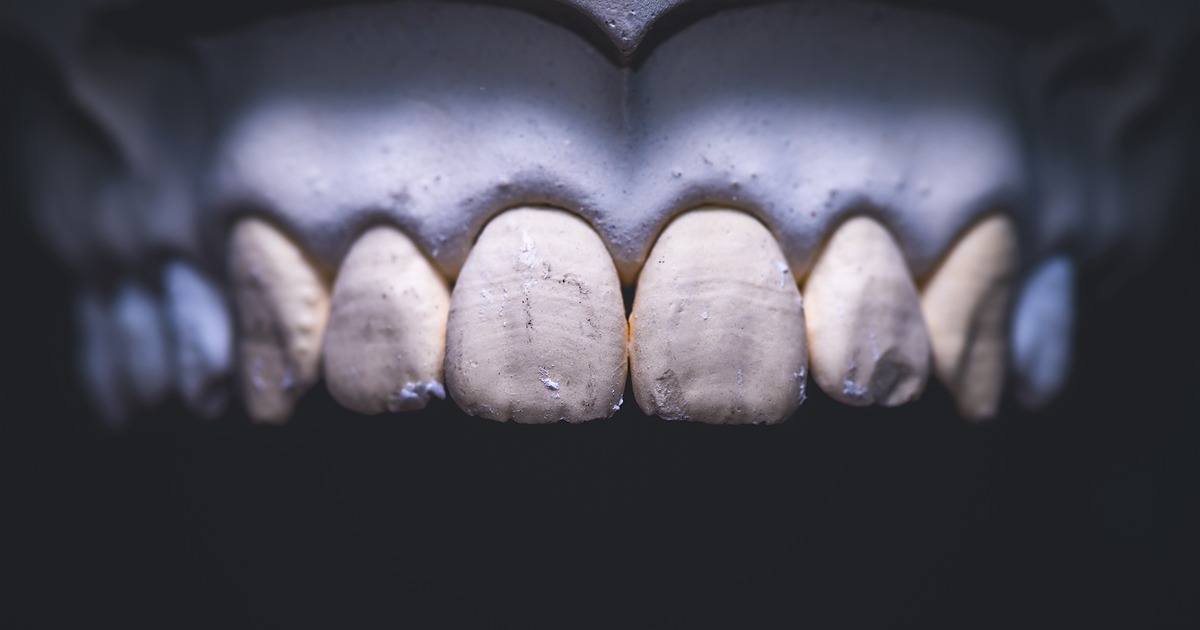White Spots on Teeth: Causes, Treatments, and Prevention

White spots on teeth are a common cosmetic concern that can affect children and adults alike. While they may seem harmless, these spots can indicate underlying enamel issues or early stages of tooth decay. Understanding the causes and treatments can help restore your smile and prevent further damage.
White spots can be the first visible signs of decay, just like Grey Spots on Teeth and Molar Tooth Stains. Left untreated, it can lead to issues like Teeth Rotting from Inside Out. If you notice pain, see Why Do My Teeth Hurt When I Move My Head or Walk?. For darker stains, explore Black Lines on Teeth.
What Are White Spots on Teeth?
White spots on teeth appear as small, chalky, or opaque areas on the tooth surface. They may be smooth or rough and usually form on the front teeth, though they can appear anywhere in the mouth.
Common Causes of White Spots
-
Dental Fluorosis
-
Caused by excessive fluoride intake during tooth development.
-
Usually harmless but affects tooth aesthetics.
-
-
Enamel Hypoplasia
-
Occurs when enamel doesn’t form properly during childhood.
-
Can be due to illness, malnutrition, or trauma.
-
-
Tooth Decay (Cavities)
-
Early decay can appear as white spots.
-
Caused by plaque buildup and bacterial activity.
-
-
Poor Oral Hygiene
-
Plaque accumulation leads to demineralization and white marks.
-
-
Dietary Factors
-
Excess sugar and acidic foods weaken enamel, contributing to white spots.
-
How to Get Rid of White Spots on Teeth
1. Professional Treatments
-
Microabrasion: Removes a thin layer of enamel to reduce white spots.
-
Teeth Whitening: Can lighten surrounding teeth for a more uniform appearance.
-
Dental Veneers: Covers severe or persistent white spots.
-
Fluoride Treatments: Strengthen enamel and prevent progression of decay.
2. Home Remedies and Natural Solutions
-
Good Oral Hygiene: Brush twice daily and floss regularly.
-
Remineralizing Toothpaste: Contains fluoride or calcium-phosphate compounds.
-
Reduce Sugary and Acidic Foods: Prevent enamel erosion.
-
Oil Pulling: Swishing coconut oil may help reduce bacteria and promote enamel health.
White Spots on Front Teeth
White spots are more noticeable on the front teeth and can affect self-confidence. Treatments like veneers, microabrasion, or whitening are effective for cosmetic improvement.
Prevention Tips
-
Brush and floss daily to prevent plaque buildup.
-
Avoid excessive fluoride during childhood.
-
Limit sugary and acidic foods and drinks.
-
Schedule regular dental checkups every 6 months.
-
Consider remineralizing products if enamel is weak.
FAQs: White Spots on Teeth
1. Why do I have white spots on my teeth?
They can be caused by enamel defects, fluorosis, early decay, or poor oral hygiene.
2. Are white spots permanent?
Some can fade with professional treatment or remineralization, while severe cases may require veneers or microabrasion.
3. Can children get white spots on their teeth?
Yes, especially due to fluorosis or enamel hypoplasia during tooth development.
4. How do I prevent white spots?
Maintain good oral hygiene, reduce sugar intake, use fluoride responsibly, and visit your dentist regularly.
5. Can tooth decay appear as a white spot?
Yes, early-stage cavities often appear as chalky white spots that may darken if untreated.
Final Takeaway
White spots on teeth are common and usually treatable. Identifying the cause is key to choosing the right solution, whether through professional dental treatments or home remedies. With proper care, you can restore a smooth, even, and healthy-looking smile.








